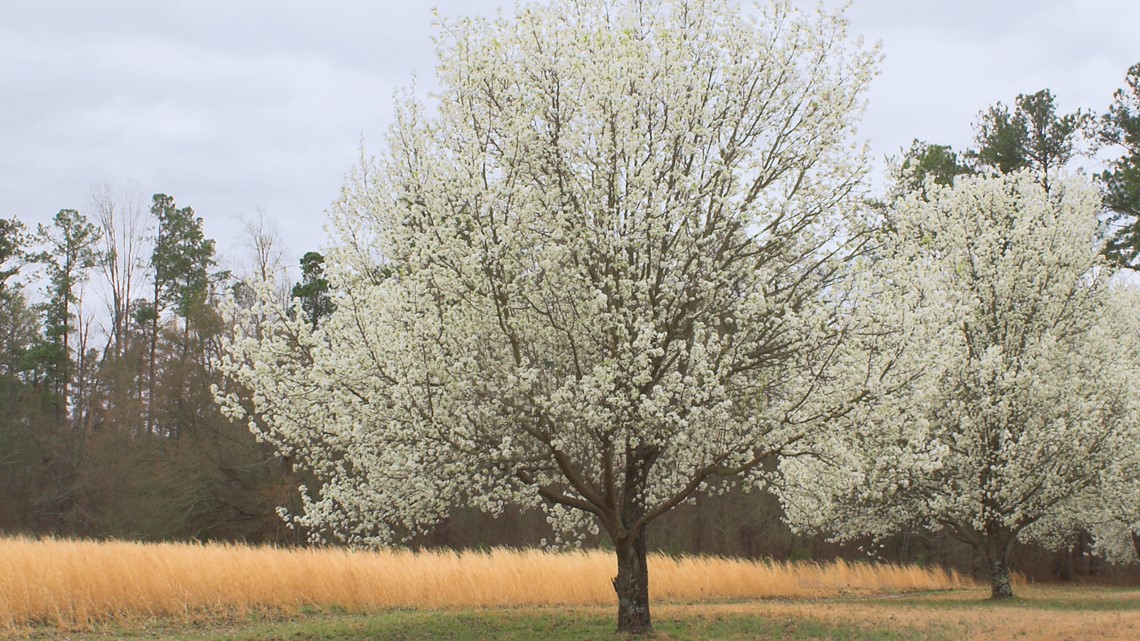Hate Callery and Bradford pears? Get rewarded for cutting them down during this Missouri promotion
The promotion runs from March 15 to April 15. Conservation groups in Missouri are offering a bounty on all heads of Bradford pears and Callery pears rooted in the state from March 15 to April 15. The promotion includes a "buyback" program where individuals submit a photo of their cutdown Bradford pear or Callery pear and receive a free native tree to replace it. The registration process began Friday and runs through April 15 with participants able to pick up their new free tree on April 23 at participating city locations. The Callery Pear, also known as the Bradford pear, is a highly invasive tree that multiplies quickly and crowds out native plants.

Published : 2 months ago by Hunter Bassler in Tech Environment Science
The promotion runs from March 15 to April 15.
Example video title will go here for this video
Example video title will go here for this video
MISSOURI, USA — Conservation groups around Missouri have issued a bounty on all the heads of Bradford pears and Callery pears rooted in the state.
PREVIOUS COVERAGE: Bradford pear, burning bush and other invasive plants would be banned from sale in Missouri under new bill
The group will host a "buyback" program. Anyone who submits a photo of their cutdown Bradford pear or Callery pear will get a free native tree to replace it with. The registration process to submit a photo started Friday and runs through April 15.
Participants will be able to pick up their new free native tree on April 23 from 3 p.m. to 6 p.m. at one of the participating city locations, including:
"The Callery pear, also known as the Bradford pear, Cleveland Select, Autumn Blaze, or Aristocrat, is a highly invasive tree that multiplies quickly and crowds out native plants," the MDC website said. "Callery pears’ ability to cross-pollinate is why many roadsides, rights-of-way, parks, and other natural areas are filled with more white blooms every spring. They quickly invade open areas and crowd out native tree species."
Get the latest news and details throughout the St. Louis area from 5 On Your Side broadcasts here.
